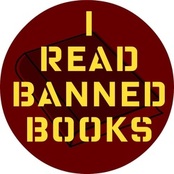 Click for Source Image
Click for Source Image 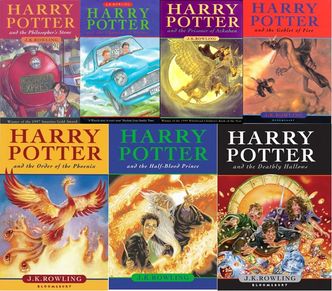 Click for Source Image
Click for Source Image What's it about? The seven novels are about a boy who finds out he's a wizard, the magical school he attends, and the fight against the evil, power crazed Lord Voldemort... as if that really needed saying.
Why was it banned? The books have been challenged and banned all across the globe, most prominently by Christians saying that they promoted witchcraft and the occult. Places include Bend, Oregon and Ontario, Canada. The Philosopher's Stone was burned in New Mexico, deemed a "masterpiece of satanic deception".
Why it deserves a spot: Although Rowling’s collection does not enjoy quite the same literary deference and admiration accorded to some of the novels on this list, her wizarding schoolboy and his friends are just too popular not to include. These books inspired and brought together a generation of kids (and adults), creating a community of Potterheads who are still as vehemently in love with the novels as when they were first released.
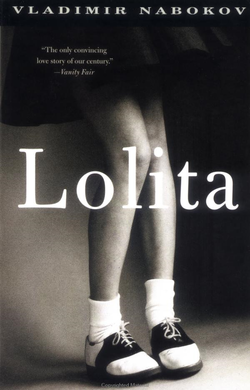 Click for Source Image
Click for Source Image What’s it about? Humbert Humbert develops an obsession with a twelve year old girl. Hilarity ensues.
Why was it banned? Branded “pornography,” Lolita has not had an easy ride of it. Even France banned it, and in a curious reversal of expectations, it was published without a hitch in the USA.
Why it deserves a spot: Scandalous though it may be, Lolita is considered one of the finest novels of the 20th century. Its ornate mixture of narrative strategies means this amazing piece of prose is as popular as it ever was.
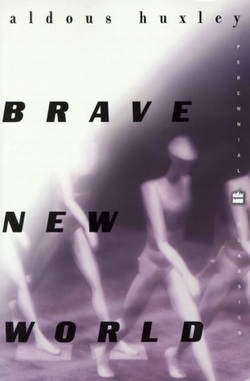 Click for Source Image
Click for Source Image What’s it about? Another dystopian world, but this time Huxley’s future envisions a society of eugenics and self-medication. Bernard, an outcast with an inferiority complex, escapes to the savages where he is forced to question some big ideas about freedom and happiness.
Why was it banned? Apparently the Republic of Ireland weren’t too pleased with the amount of drug-use and sexual promiscuity that feature in the novel (citing “negative activity”), perhaps forgetting or ignoring the fact that these are strongly criticised throughout.
Why it deserves a spot: As relevant as it was in 1932, Brave New World picks up interesting points about mass-production, capitalism, and of course, eugenics. It’s a fantastically imagined world masterfully depicted by Huxley (the people cry “By Ford!” instead of “by God!”). In it Huxley shows us the dangers of technology in a futuristic society some readers might be able to identify ever so slightly with.
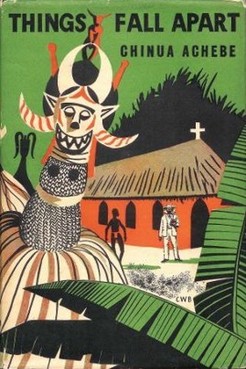 Click for Source Image
Click for Source Image What’s it about? It’s essentially a culture clash novel. The hero, Okonkwo is a strong but impetuous Umofian (Nigerian), living in a village that is fast being transformed by the Christian missionaries who have arrived to spread their religion to the Igbo community.
Why was it banned? It is believed to have been banned in Malaysia due to its critique of colonialism.
Why it deserves a spot: With this novel Achebe comments on the arrogance and belligerence of western culture that seeks to impose its values upon another society. It is widely recognised as having greatly influenced subsequent African writers, including Helon Habila and Uzondinma Iweala.
 Click for Source Image
Click for Source Image What’s it about? A cuckolded Jew called Leopold Bloom wanders around Dublin for a day, eating, excreting, masturbating and thinking. The novel’s structure is loosely based upon Homer’s Odyssey.
Why was it banned? Its publication in the USA was prevented by a group called the New York Society for the Suppression of Vice, because of its obscene content. Not only is there a scene in which the hero voyeuristically pleasures himself on a beach, but the final chapter, ‘Penelope’, is a fairly explicit account of his wife’s sexual tastes as well.
Why it deserves a spot: Each section of the novel is dedicated to a different section of the Odyssey, and each is written in a different style, including stream of consciousness, sentimental 19th century prose and newspaper propaganda. Despite its reputation for being an impossibly difficult read, it is also considered to be the greatest modernist novel, and is undeniably a work of literary genius.



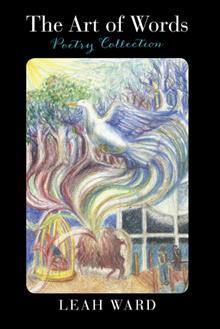
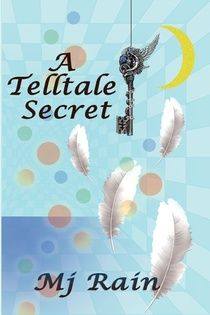
 RSS Feed
RSS Feed
